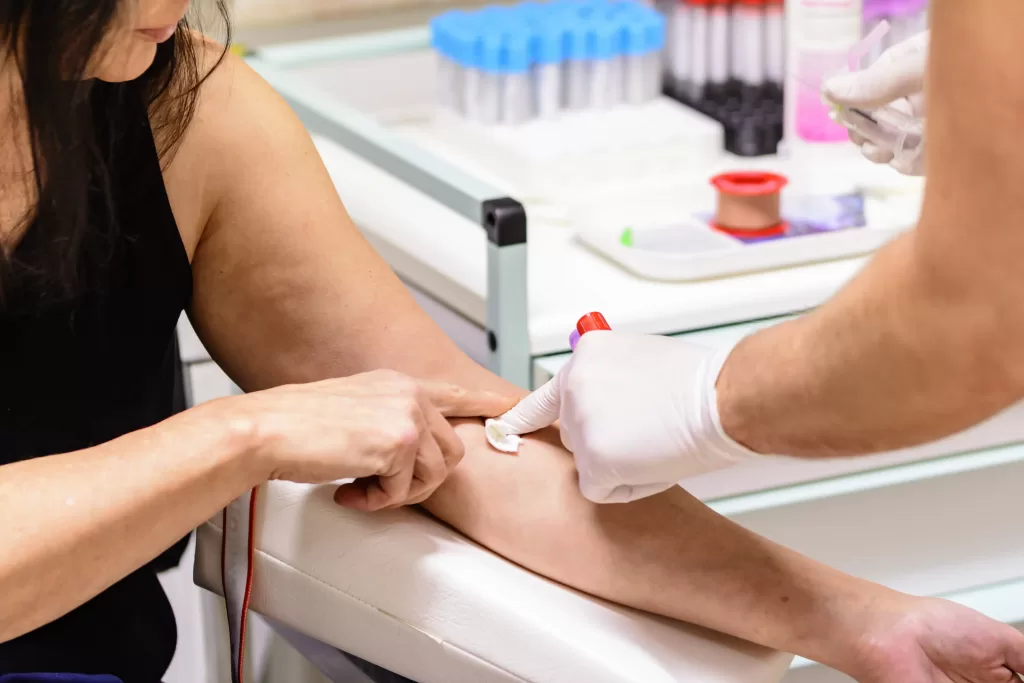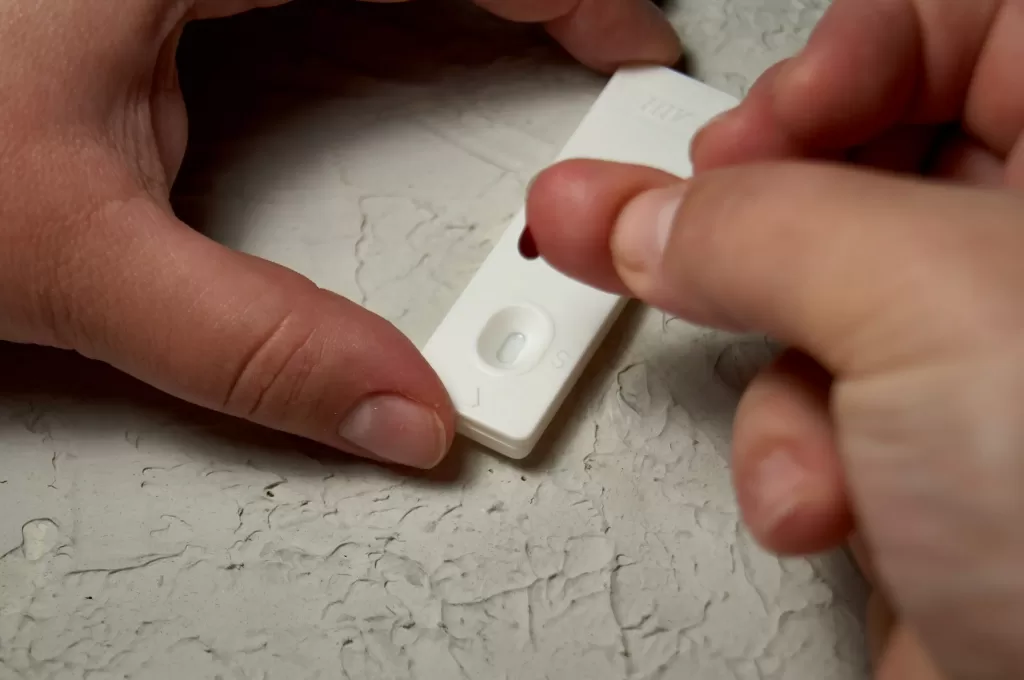HIV Self-Testing: How It Works and What You Should Know
Medically Reviewed by Dr Aifric Boylan
Last updated on 30.08.2024
Human immunodeficiency virus (HIV) is commonly checked as part of a routine sexual health check, either through your GP or a sexual health clinic. However, HIV self-testing has emerged as a convenient and private alternative for those who prefer to test at home.
HIV statistics and risk factors
HIV is a virus you can contract through sex or blood-to-blood transmission. It commonly does not have any symptoms initially but over time can affect your immune system and put you at increased risk of certain cancers and infections.
According to 2020 statistics, 2,610 people were unaware they had HIV in Australia. Risk factors for getting HIV include being a man who has sex with other men or using intravenous drugs. However, anyone can get HIV, and it is important that if you are sexually active, you discuss your risks with your doctor.
Traditional HIV Testing
Commonly, to have an HIV test, you see your GP who orders a blood test and refers you to a pathology clinic. There, a sample of blood is taken from your vein, and you can get results back from your GP in 2-3 days.
Barriers to Traditional HIV Testing
Going into a clinic to have an STI screen, including a blood test, can be stressful for some people. Others are time-poor or may feel ashamed to bring it up with their doctor. Some do not have Medicare or health insurance and are not aware of testing services. For others, they may have many partners or be at very high risk of HIV, and having to go into a clinic every few weeks for a consultation can be laborious and costly.
If you would like to request a referral for a HIV test, you can request one online through Qoctor’s STI test consultation.
HIV Self-testing: A convenient alternative
For these people, HIV self-testing can prove a solution. The self-test can be bought online or in pharmacies without a referral or prescription. You can do the self-HIV test at home, and it is 99.6% accurate.
It involves a finger prick and dropping a bit of blood into a test strip, similar to a pregnancy test or COVID-19 rapid antigen test. You wait approximately 15 minutes and then read your result.
If the test is negative, it is very unlikely you have HIV. If the test is positive, the recommendation is to see a doctor or healthcare provider who will discuss it with you and suggest a venous blood sample to clarify the result.
Importance of early HIV treatment
HIV today is a manageable condition with excellent outcomes if treatment is started early. The earlier treatment is started, the longer and healthier your life will be, and the risk of transmitting HIV to other partners becomes minimal. In fact, if your viral load is undetectable, you cannot transmit HIV to others.
HIV self-testing is known to improve testing rates for those who are infrequent or non-testers. It is easy, can be done privately, and tests are affordable. Not many people know about it, so share this information with your friends and acquaintances.
Getting a Mental Health Care Plan in Australia: Your Guide
Getting a Mental Health Care Plan in Australia: Your Guide Mental health matters—and if you’re feeling overwhelmed, anxious, or down, a mental health care plan can help. But what is it, and how do [...]
UTI Symptoms and Treatment: What You Need to Know
UTI Symptoms and Treatment: What You Need to Know Urinary Tract Infections (UTIs) are common, uncomfortable, and often disruptive. But what exactly are the signs to watch for, and how can you get relief [...]
Free Mental Health Care Plan Online | Bulk-Billed by Qoctor
Free Mental Health Care Plan Online | Bulk-Billed by Qoctor Discover how to get a free, bulk-billed Mental Health Care Plan (MHCP) in Australia through Qoctor's telehealth service. Accessing [...]






